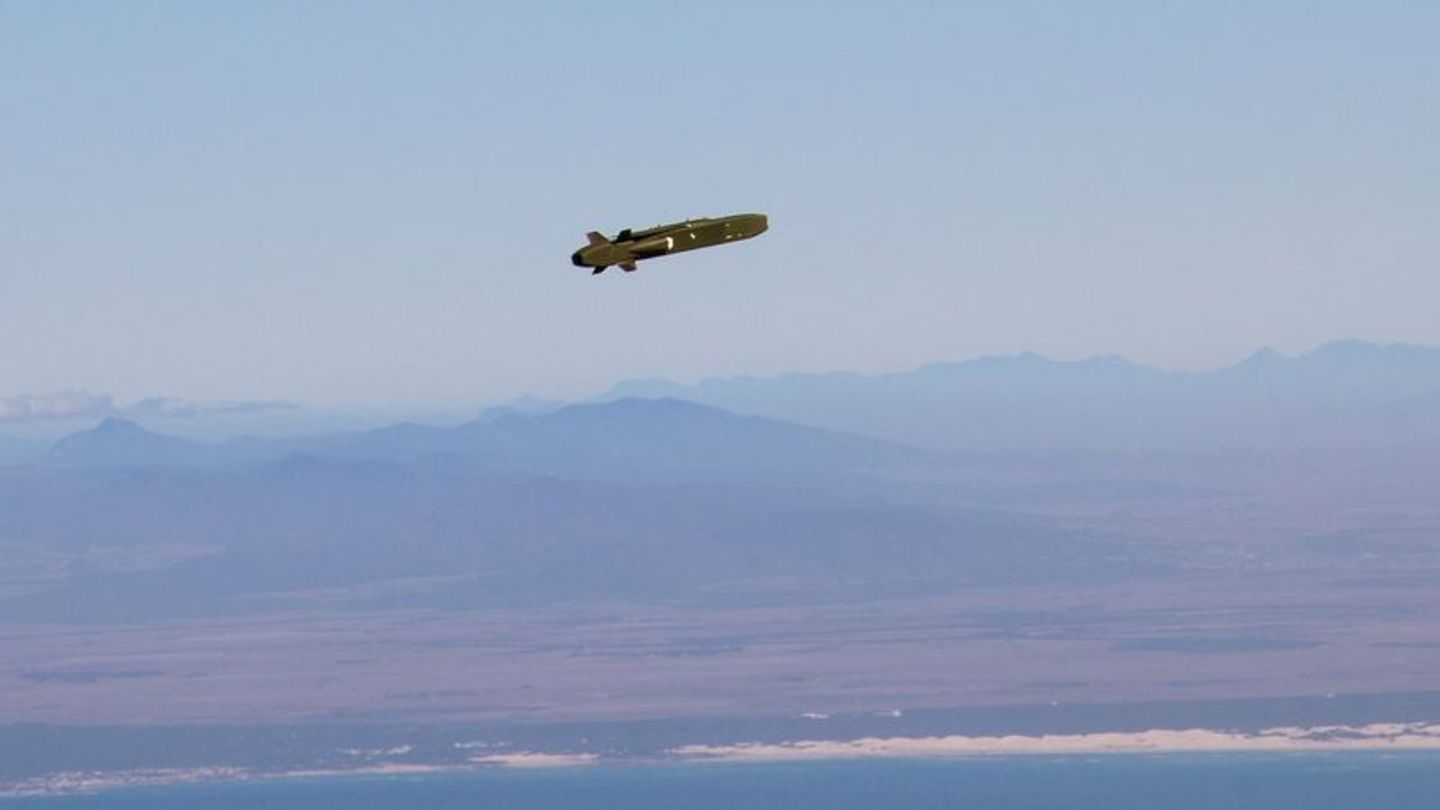The International Reserves are the main asset that the BCRA has to exercise its exchange policy. For a bi-monetary economy like Argentina, with a long history of abrupt devaluations, foreign currency debt defaults, deposit freezing and stocks -among other disruptive events- have a stock robust reserves is even more critical than in other countries for guarantee sustained macroeconomic and financial stability.
Now, given that a good part of the Gross Reserves (which today drill 33,000 M) comes from the liabilities of the monetary authority and, in turn, since these are not 100% liquid in their coffers, different metrics (Net or Liquid Reserves) are generally calculated to monitor the true BCRA’s firepower to intervene in the exchange market. Net Reserves have been in negative territory for several weeks now, currently hovering around -USD 1,500 M.
But, what are the Net International Reserves (RIN)? They are a metric that arises from a calculation based on the BCRA financial statements: the Gross Reserves (assets) are subtracted from the institution’s liabilities in foreign currency. What are those liabilities? Essentially, the swap of currencies with China (USD 18,500 M), the reserves in USD of commercial banks in current accounts within the BCRA (more than USD 11,000 M), the IMF SDRs (today at USD 1,800 M), deposits in the BIS ( USD 3,000 M) and the guarantee funds for deposits in USD managed by SEDESA (USD 1,800 M), among others.
So, NIRs are reduced when Gross Reserves fall, while foreign currency liabilities remain at the same levels. Thus, that the NIR are negative does not imply that the BCRA no longer has firepower to intervene in the markets, since it still has the USD corresponding to its liabilities available to meet the excess demand for foreign currency.
In the same way, that the USD from its liabilities are used does not imply necessarily bank reserve requirements are being used (as is often assumed), since money is fungible and any of the other liabilities mentioned could be being used. Such is the case of swap with Chinese.
In retrospect, as a result of the repeated banking and currency crises that Argentina has gone through throughout its history, when the INRs show deep falls or are located in negative territory comments began to circulate questioning the support of private deposits in USD. These rumors end up affecting the expectations of economic agents, who, for fear of being trapped by a new banking crisis, accentuate the withdrawal of deposits.
In this framework, despite the withdrawals that were evident in recent weeks, private deposits in foreign currency are in line with their average level since 2021. In turn, the fall they showed in the last rounds is below other outflows evidenced in times of crisis, and it is far from resembling the outflow of deposits that occurred after the 2019 PASO elections (see graph).
ECOLATINA.jpg
Likewise, private deposits in foreign currency are 100% insured. Given the USD in cash that the banks have and the USD reserved in the BCRA, the coverage rate is around 100%, which shows that the financial system remains firm as a result of the reserve requirements and macroprudential regulations (for For example, USD loans are limited to agents with USD income only). In a nutshell, for each dollar deposited by a private person, there is another dollar available as a counterpart in the BCRA coffers in case the depositor decides to withdraw it.
Said coverage rate could either be stressed or relaxed depending on the USD deposits we include in the calculation. On the one hand, if we add those of the public sector to private deposits, the coverage ratio would be 84%. So, despite making an extreme assumption in which the same public sector would generate or deepen a bank run, the rate is still at high levels. Similarly, if we exclude private time deposits from the calculation (since they are not instantly callable), the coverage rate would rise to 125%.
In conclusion, the financial and macroprudential banking regulations imposed after the 2001 crisis make it possible to ensure the solidity of the Argentine banking system in foreign currency. However, Argentina’s macroeconomic scenario is extremely fragile given the growing political and economic uncertainty typical of electoral processes, an extremely complex exchange scenario and a worrying acceleration of nominality. For these reasons, it will be necessary to continue monitoring the dynamics of foreign currency deposits and their coverage rate. Historical memory works against it, but the future does not always repeat the past.
Ecolatina Economic Analyst
Source: Ambito
David William is a talented author who has made a name for himself in the world of writing. He is a professional author who writes on a wide range of topics, from general interest to opinion news. David is currently working as a writer at 24 hours worlds where he brings his unique perspective and in-depth research to his articles, making them both informative and engaging.




